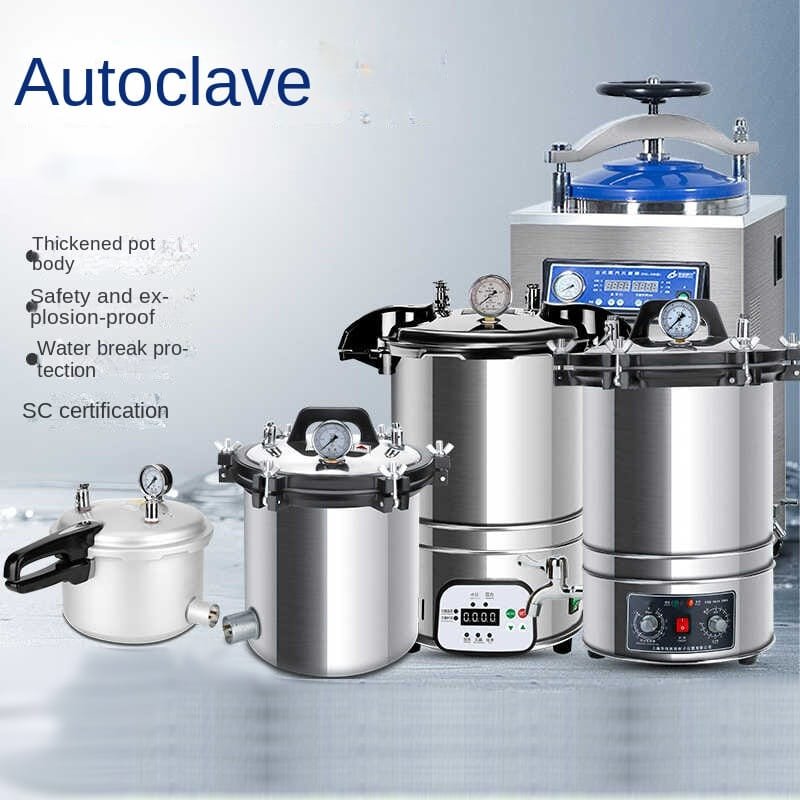

The autoclave sterilizes equipment and liquids by producing steam at high pressure. This system functions under high temperatures of 121°C or 250°F which effectively destroys bacteria and viruses along with other pathogens. Medical facilities and laboratories alongside industrial settings depend on autoclaves to maintain sterile conditions and protect safety.
Safety is critical when using an autoclave. Follow these guidelines to minimize risks:
Proper loading ensures effective sterilization. Follow these steps:
These instructions will help you operate an autoclave in a safe and efficient manner.
Typically, it takes 15-20 minutes at 121°C, but the time may vary depending on the material and cycle.
The autoclave process should not be used with materials that are flammable or corrosive or those that are sensitive to heat like some plastics and chemical substances.
Autoclaves require annual servicing or adhere to the maintenance schedule given by the manufacturer.
When autoclaving liquids they must be processed separately from solids to avoid spills.
Cease operations with the autoclave right away and seek technician assistance for repair work.
Autoclave operation requires correct procedures to achieve successful sterilization and ensure user protection. The efficient and safe operation of your autoclave depends on following the provided instructions along with the recommended safety guidelines and maintenance tips. Maintaining your autoclave requires regular maintenance and avoiding frequent errors while safety should remain your top concern.
Our website and support team are available for more detailed guides and resources.
This article seamlessly combines comprehensive coverage with user-friendly design while being optimized for search engine visibility. The information in this article integrates our target keywords while delivering useful content to our audience.